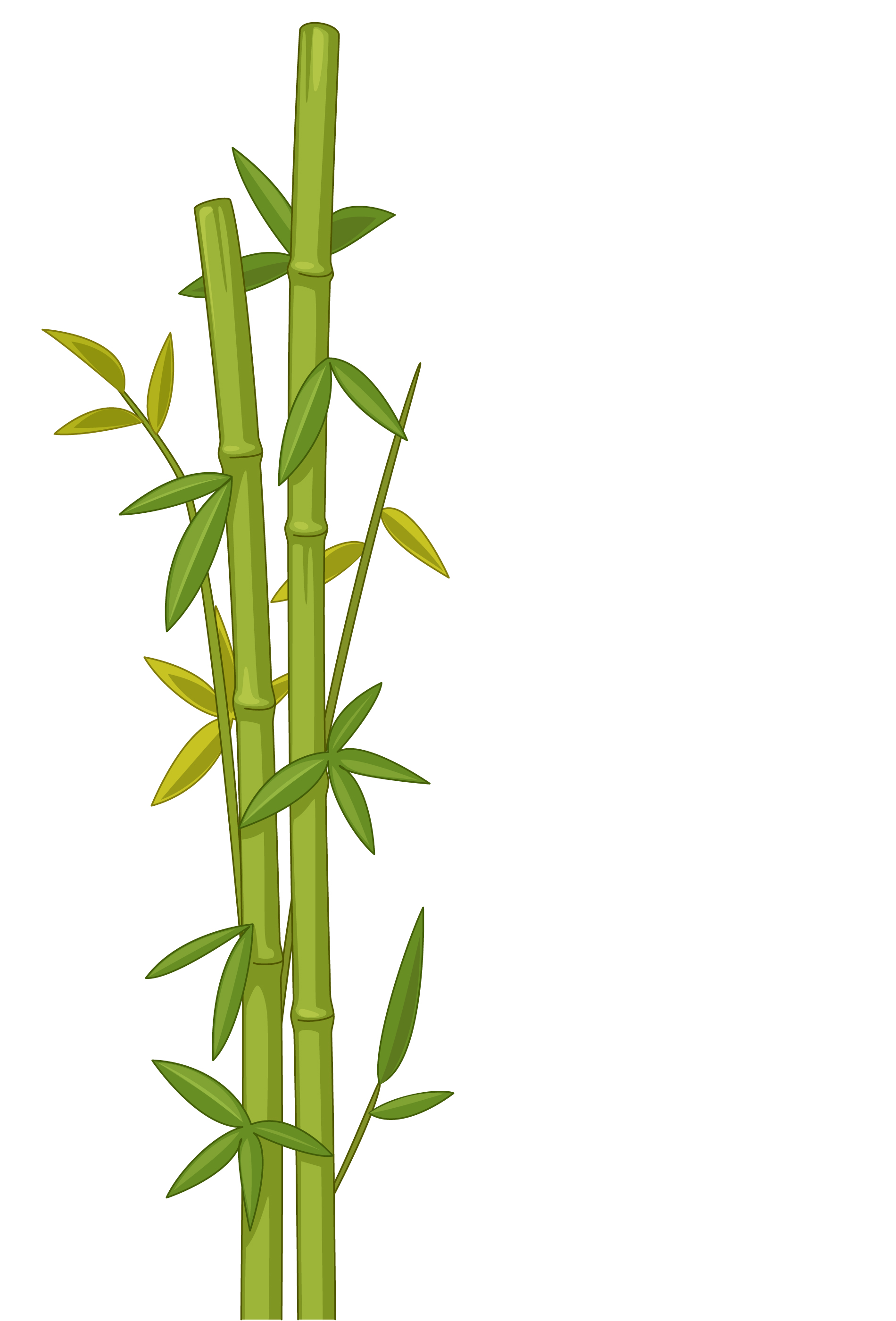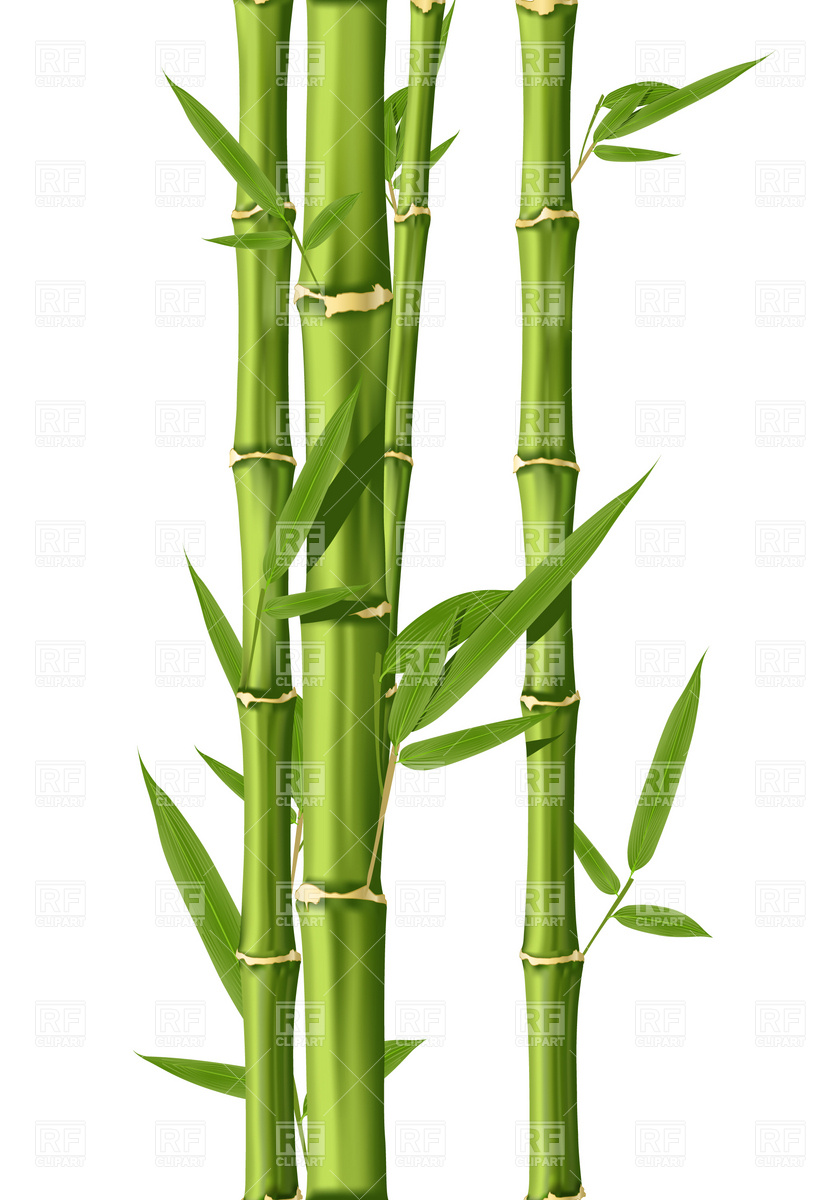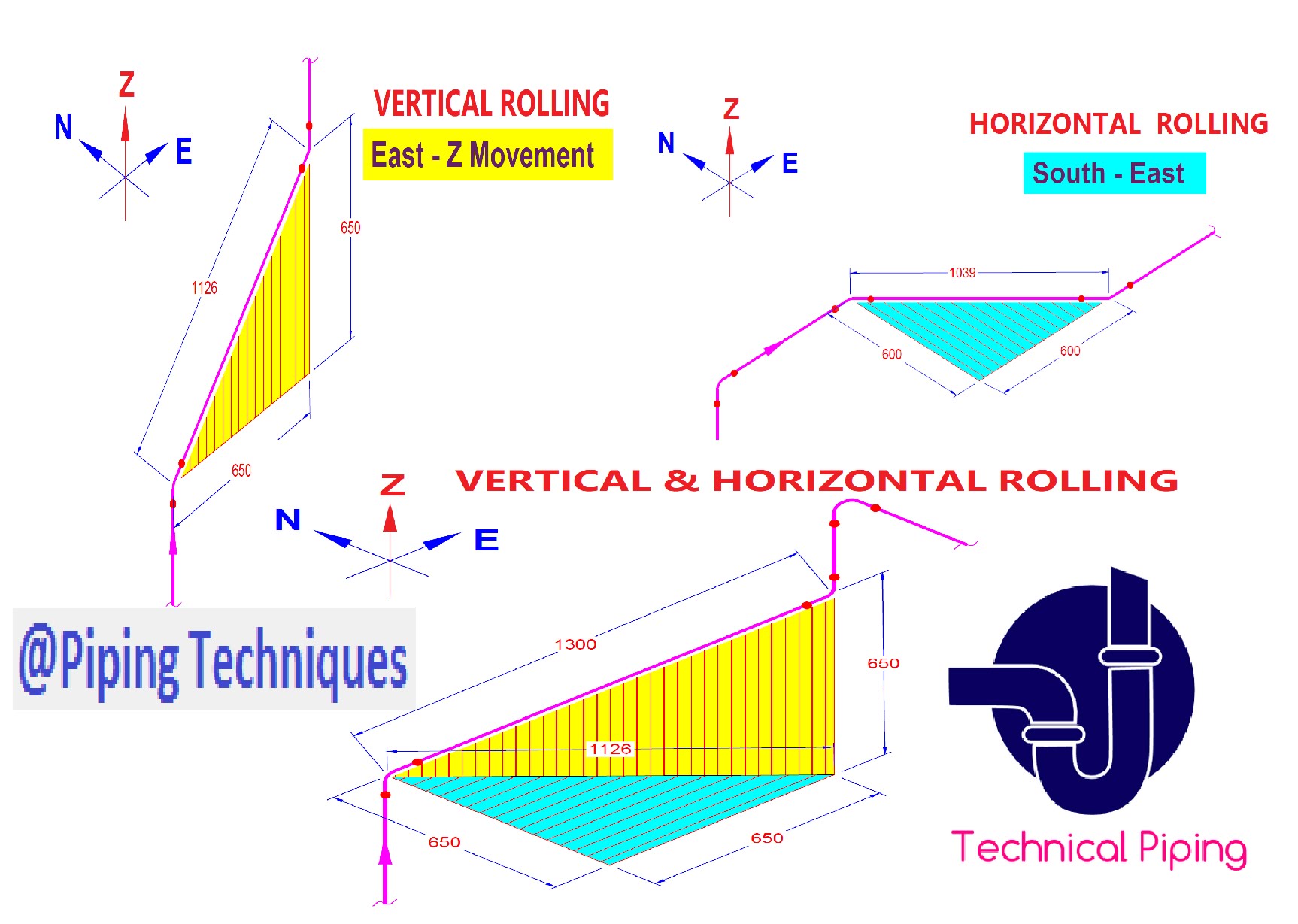Bamboo tree drawing at getdrawings
Table of Contents
Table of Contents
Are you struggling to draw a bamboo tree? Do you find it challenging to capture the essence of this beautiful plant in your artwork? Look no further! In this post, we will teach you how to draw a bamboo tree step-by-step so that you can create stunning pieces of art with ease.
Pain Points
Many artists, especially beginners, struggle with drawing bamboo trees. This is often due to the complex and intricate structure of bamboo and the need to capture its unique texture and form. Additionally, inexperienced artists often struggle to create the correct balance and spacing between the bamboo stalks, which can result in a distorted image.
How to Draw a Bamboo Tree
First, start by drawing the base of the bamboo tree. Draw a curved line to represent the top of the bamboo base. Then, create a series of small circles or ovals along the line to represent the knots in the bamboo. Next, sketch in the long, thin stalks. Draw a series of parallel lines, curving in slight arcs, to create the bamboo stalks. Remember to make each stalk slightly narrower at the top than at the bottom.
Once you have created the bamboo stalks, it’s time to draw the leaves. Draw a series of thin, elongated ovals along the top of each stalk to represent the leaves. Make sure to vary the size and shape of the leaves to give the bamboo tree a more lifelike appearance. Finally, add shading and texture to the leaves and stalks to add depth and dimension.
Summary of Main Points
In summary, drawing a bamboo tree requires attention to detail and a solid understanding of its form and structure. By following these simple steps, you can create stunning pieces of bamboo tree artwork that capture the unique beauty and texture of this magnificent plant. Remember to focus on the details and take your time to perfect each element before moving on to the next.
How to Draw a Bamboo Tree: Personal Experience
When I first started drawing bamboo trees, I found it challenging to create the correct balance between the stalks and the leaves. However, by practicing and taking my time to perfect each element, I was able to create stunning pieces of art that captured the essence of this beautiful plant. One tip that helped me was to vary the size and shape of the leaves and to pay close attention to the shading and texture of each element.
 Image source: Hand drawn, vector, cartoon illustration of bamboo
Image source: Hand drawn, vector, cartoon illustration of bamboo
Expert Tips for Drawing a Bamboo Tree
If you want to take your bamboo tree drawing skills to the next level, consider using a reference photo or image to guide your drawing. Additionally, pay close attention to the spacing and balance between the stalks to ensure a lifelike appearance. Practice shading and texture techniques to give your artwork depth and dimension.
Understanding Bamboo Texture and Form
Bamboo has a unique texture and form that sets it apart from other plants. To capture this texture and form in your artwork, focus on creating thin, elongated stalks with subtle curves and bends. Use shading to create a sense of depth and to make the bamboo look more lifelike. Pay close attention to the leaves and knots in the bamboo, as these are key elements that contribute to its overall appearance.
Using Bamboo in Art and Design
Bamboo is a versatile and unique plant that is often used in art and design. From traditional Japanese ink paintings to modern graphic design, bamboo has been a source of inspiration for artists and designers for centuries. By mastering the art of drawing bamboo trees, you can incorporate this beautiful plant in your artwork and create stunning pieces that capture its unique beauty and texture.
Question and Answer
Q: What tools do I need to draw a bamboo tree?
A: All you need is a pencil, eraser, and paper to start drawing a bamboo tree. If you want to add shading and texture, consider using a set of art pencils or charcoal pencils.
Q: How do I create a lifelike sense of depth in my bamboo tree artwork?
A: Use shading and texture techniques to add depth and dimension to your artwork. Vary the weight and darkness of your lines to give your bamboo tree a more three-dimensional appearance. Pay close attention to the lighting and shadows in your reference photo or image to create a sense of depth.
Q: Can I use a reference photo or image to guide my bamboo tree drawing?
A: Absolutely! Using a reference photo or image can be a helpful tool to guide your drawing and create a lifelike appearance. Look for images that capture the unique texture and form of bamboo to give your artwork a more realistic appearance.
Q: How do I add texture to my bamboo tree artwork?
A: Use hatching and cross-hatching techniques to create texture and depth in your artwork. Vary the weight and direction of your lines to create a sense of texture and movement. Experiment with different shading techniques to determine what works best for your drawing style.
Conclusion of how to draw bamboo tree
By following these simple steps and expert tips, you can master the art of drawing bamboo trees and create stunning pieces of artwork that capture its unique beauty and texture. Remember to focus on the details and take your time to perfect each element, and soon you’ll be drawing lifelike bamboo trees like a pro!
Gallery
Bamboo Tree Vector Illustration 534568 Vector Art At Vecteezy

Photo Credit by: bing.com / bamboo vector tree illustration vecteezy
Bamboo Tree Drawing At GetDrawings | Free Download

Photo Credit by: bing.com / bamboo drawing tree getdrawings
Hand Drawn, Vector, Cartoon Illustration Of Bamboo | Vector | Colourbox

Photo Credit by: bing.com / bamboo tree vector drawing drawings cartoon trees pencil tattoo illustration outline line colourbox japanese drawn draw hand background comic panda
Dessin Bambou Chinois : Dessin à La Main En Bambou Chinois Vecteurs Et

Photo Credit by: bing.com /
54 Best How To Draw Realistic Trees, Plants Bushes And Rocks Images On

Photo Credit by: bing.com / bamboo drawing tree drawings draw trees easy kids wikihow step painted plants cool longboard simple flower plant getdrawings line





